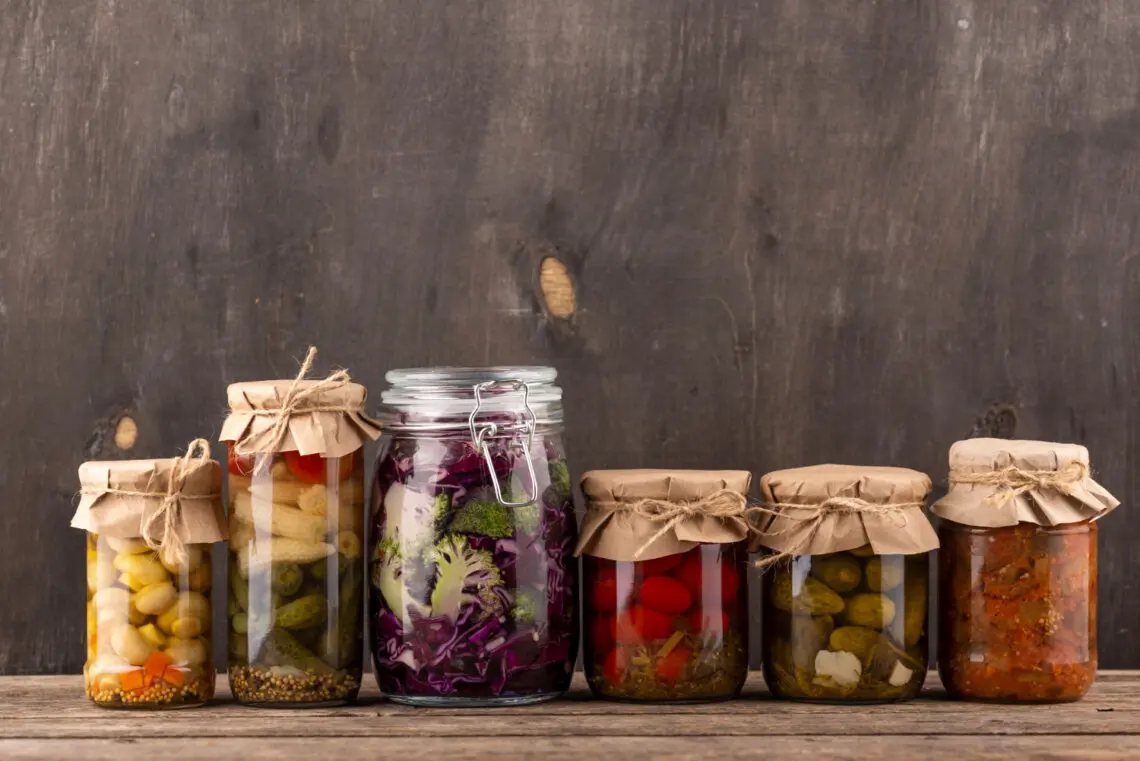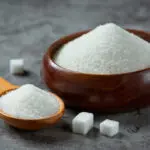The Ancient Solution to a Modern Problem
For thousands of years, humans have used fermentation to transform foods—making nutrients more digestible, preserving food for lean times, and creating powerful medicine. Now, cutting-edge veterinary research is rediscovering what our ancestors knew: fermented foods offer unique benefits that fresh foods cannot.
But here’s the key insight: Fermentation is the bridge between carnivore physiology and plant nutrition—the only way to make plant nutrients truly appropriate for dogs and cats.
Dr. Karen Becker’s Groundbreaking Research
In 2014, holistic veterinarian Dr. Karen Becker published revolutionary research titled “Fermented Vegetables: Finicky Pets Might Not Like This Superfood, But It’s a Potent Cancer Fighter.”
Her findings changed how progressive pet parents think about plant nutrition:
Key Discoveries:
1. Mimics Natural Prey Diet
- Dogs and cats need the roughage, phytonutrients, and antioxidants found in their prey’s digestive tracts
- Fermented vegetables replicate the pre-digested plant matter carnivores would consume in nature
- This is how carnivores naturally access plant nutrients—through fermentation in prey stomachs
2. Optimal Digestibility
- Fermented vegetables are optimally digestible for dogs and cats
- The fermentation process breaks down tough plant cell walls carnivores can’t process
- Makes nutrients bioavailable without stressing carnivore digestive systems
3. Powerful Probiotic Benefits
- Fermented foods provide beneficial bacteria crucial for gut health
- 80% of immune function resides in the digestive system
- Supports the microbiome that commercial pet foods destroy
4. Potent Cancer Fighter
- Lactic acid produced during fermentation fights cancer cells without harming healthy cells
- Creates an alkaline environment hostile to cancer growth
- Provides powerful antioxidants for disease prevention
Where Chemistry Meets Nutrition
Fermentation is the process where beneficial microorganisms pre-digest foods for us.
What Happens During Fermentation:
Step 1: Cellular Breakdown
- Enzymes and beneficial bacteria break down plant cell walls
- Nutrients become readily accessible
- Food is essentially “pre-digested” before your pet eats it
Step 2: Nutrient Enhancement
- Fermentation makes nutrients MORE bioavailable than in fresh foods
- Creates new beneficial compounds not present in original vegetables
- Increases nutritional density while reducing digestive burden
Step 3: Probiotic Production
- Beneficial bacteria multiply during fermentation
- These probiotics support digestive and immune health
- Provides living medicine in every serving
Step 4: Acid Production
- Lactic acid and other beneficial acids are produced
- These acids create an inhospitable environment for harmful bacteria and cancer cells
- Naturally preserve the food without chemical additives
The Bioavailability Revolution
Here’s why fermented vegetables are nutritionally superior to raw or cooked vegetables:
Fresh/Raw Vegetables for Carnivores:
- Tough cell walls remain intact
- Limited digestive enzymes to break down plant matter
- Poor nutrient absorption due to inappropriate digestive system
- Digestive stress from processing inappropriate foods
Cooked Vegetables for Carnivores:
- Heat destroys beneficial enzymes and many nutrients
- Still have structural barriers to absorption
- May create harmful compounds (advanced glycation end-products)
- Lack beneficial bacteria
Fermented Vegetables for Carnivores:
- Cell walls pre-broken by beneficial bacteria
- Nutrients in highly absorbable form
- Rich in probiotics for gut health support
- Contains beneficial acids for disease prevention
- Digestively appropriate for carnivore systems
The Cancer Connection
This might be the most important benefit: Fermented foods are potent cancer fighters.
How Fermented Foods Fight Cancer:
1. Lactic Acid Production
- Lactic acid is a chemical repressor that fights cancer cells
- Selectively targets cancer cells while leaving healthy cells unharmed
- Natural chemotherapy without toxic side effects
2. Alkalinizing Effect
- Fermented foods alkalinize the body
- Cancer cells thrive in acidic environments
- Creating alkaline conditions makes the body inhospitable to cancer
3. Enhanced Immune Function
- Probiotics support immune system function
- Better immune surveillance for early cancer detection
- Stronger immune response to abnormal cells
4. Detoxification Support
- Fermented vegetables are potent chelators and detoxifiers
- Help remove heavy metals and environmental toxins
- Reduce toxic load that contributes to cancer development
Given that cancer is now the #1 killer of dogs over age 2, this cancer-fighting potential is revolutionary.
The Probiotic Powerhouse
Fermented foods provide living beneficial bacteria—nature’s original probiotic supplement.
Why This Matters for Modern Pets:
Commercial Pet Food Destroys Gut Health:
- High-heat processing kills all beneficial bacteria
- Chemical preservatives continue killing bacteria in the gut
- Creates digestive systems depleted of beneficial microorganisms
Fermented Foods Restore Balance:
- Provides billions of beneficial bacteria per serving
- Diverse bacterial strains work synergistically
- Living cultures that continue benefiting the gut after consumption
- Natural probiotic source versus synthetic supplements
The Gut-Health Connection:
- 80% of immune function resides in digestive tissues (GALT)
- Proper bacterial balance prevents inflammatory diseases
- Good bacteria crowd out harmful pathogens
- Healthy gut equals healthy pet
Fermentation vs. Commercial Plant Processing
Understanding this difference is crucial:
Commercial Pet Food Plant Processing:
- High-heat extrusion destroys nutrients and enzymes
- Chemical preservation prevents beneficial fermentation
- Creates inflammatory compounds (AGEs, acrylamides)
- Industrial waste products masquerading as nutrition
- Digestively inappropriate for carnivores
Traditional Fermentation:
- Cold process preserves and enhances nutrients
- Beneficial bacteria provide natural preservation
- Creates beneficial compounds not present in original foods
- Ancient process used by carnivores through prey consumption
- Digestively appropriate and health-promoting
The Detoxification Advantage
In our toxic modern world, fermented foods provide crucial detoxification support:
Natural Detoxifiers:
- Fermented vegetables are potent chelators
- Bind to heavy metals and environmental toxins
- Support liver detoxification pathways
- Help eliminate accumulated poisons from processed foods
Why Modern Pets Need This:
- Exposure to environmental toxins is unprecedented
- Commercial pet foods add to toxic burden
- Limited natural detoxification from processed diets
- Fermented foods provide natural detox support
This is particularly important for pets transitioning from commercial diets or living in urban environments.
How to Implement Fermented Foods
Start Small:
- Begin with tiny amounts – 1/4 teaspoon for small dogs, 1/2 teaspoon for large dogs
- Cats need even less – just a pinch to start
- Gradually increase as pets adjust
Best Vegetables to Ferment:
- Cabbage (traditional sauerkraut)
- Carrots
- Broccoli
- Cauliflower
- Green beans
- Avoid onions and garlic (toxic to pets)
Signs of Success:
- Improved digestion and stool quality
- Better coat condition
- Increased energy and vitality
- Stronger immune function
- Reduced inflammatory conditions
The Historical Perspective
Ancient carnivores naturally consumed fermented plant matter:
- Prey stomach contents contained pre-digested, fermented plants
- Seasonal fruit consumption often included naturally fermented fruits
- Instinctive seeking of fermented plant materials during illness
- Traditional cultures fed working dogs fermented foods for health and performance
Modern commercial diets eliminated this crucial nutritional component.
The Quality Factor
Not all fermented foods are created equal:
Traditional Fermentation:
- Wild bacterial cultures or quality starter cultures
- No chemical additives or preservatives
- Proper fermentation time for full benefit
- Living cultures present at consumption
Commercial “Fermented” Products:
- May be pasteurized (killing beneficial bacteria)
- Chemical preservatives prevent continued fermentation
- Shortened fermentation for cost savings
- Limited bacterial diversity
For maximum benefit, choose traditionally fermented foods or ferment at home.
The Bottom Line: Ancient Wisdom for Modern Health
Fermented foods represent the perfect marriage of carnivore physiology and plant nutrition:
✓ Pre-digested by beneficial bacteria before consumption ✓ Highly bioavailable nutrients without digestive stress
✓ Powerful probiotics for gut health support ✓ Cancer-fighting compounds not found in fresh foods ✓ Natural detoxification support for toxic modern environments ✓ Mimics natural prey consumption patterns
This isn’t about making carnivores into herbivores—it’s about providing the fermented plant nutrition they would naturally consume through prey, in a form their digestive systems can actually utilize.
In our next article, we’ll tackle the practical side of this nutritional revolution: how to safely transition your pet from processed food to species-appropriate nutrition, what to expect during the change, and how to monitor your pet’s health during the transformation.
Key Takeaways:
✓ Fermentation is the bridge between carnivore physiology and plant nutrition
✓ Dr. Karen Becker’s research shows fermented vegetables are optimally digestible for pets
✓ Lactic acid from fermentation fights cancer cells while sparing healthy cells
✓ Fermented foods provide natural probiotics crucial for immune function
✓ Mimics natural prey diet – carnivores consume fermented plant matter in prey stomachs ✓ Potent detoxifiers that help eliminate environmental toxins ✓ Ancient process that modern commercial foods eliminated
Benefits of Fermented Foods for Pets:
- Optimal digestibility for carnivore systems
- Enhanced immune function through probiotics
- Cancer-fighting properties from lactic acid production
- Natural detoxification support
- Alkalinizing effect that creates inhospitable environment for disease
- Bioavailable nutrients without digestive stress
- Gut health restoration after commercial food damage
Implementation Guidelines:
- Start with tiny amounts and gradually increase
- Choose traditionally fermented foods with living cultures
- Avoid commercial products that may be pasteurized or preserved
- Monitor pet’s response and adjust accordingly
- Focus on appropriate vegetables (avoid onions/garlic)
Next in this series: “Making the Switch: A Step-by-Step Transition Guide for New Raw Feeders”





